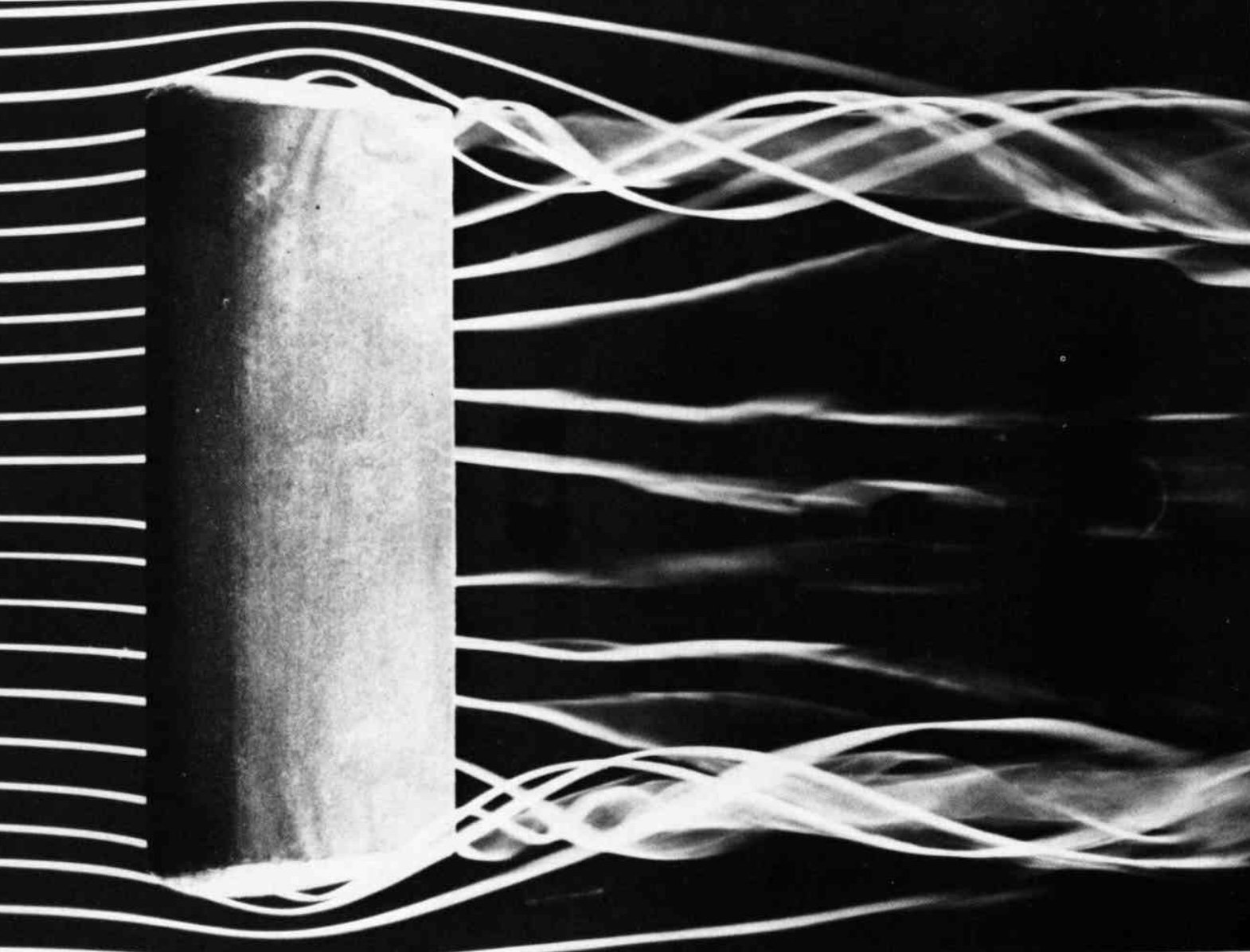Instrumentation: 2 trpt, hn, tbn, tuba (6:15)
First Performance: Palo Alto Cultural Center, 1998
Commissioned by The Tuolumne Brass, Tom Heasley, Dir.
String Quartet No. 3: Patterns of Change (1997)
Instrumentation: 2 vns, vla, vc
Duration: 8:00
Motions of Return (1996)
Instrumentation: flute and piano (9:00)
First Performance: San Francisco, Old First Church, 1996
Commissioned by Xanaduo, Esther Landau, flute and Lee Nolan, piano.
Six Minutes Thirty Seconds (1995)
Instrumentation: flute, oboe, clarinet, bassoon, horn
First Performance: San Francisco, Fort Mason Center, 1995.
Commissioned by The City Winds
The Citywinds, a quintet active in the 1990s, performed and toured with this piece in the 90s. Recently, Quintet Tabor clocked in at 6:29!
Composed for The Citywinds this wind quintet was first performed in San Francisco at the Fort Mason Center in 1995. The City Winds subsequently took the work on their East Coast tour in the mid 90s.
The title "Six Minutes Thirty Seconds" refers to an approximate duration. If this piece is played at the tempi indicated in the score, it will last for roughly 6:30.
Time is an important if not the most important element in music. We shape sound through the passing of time.
It used to be a convention to indicate tempo through words such as moderato, allegro, or presto. As metronomes became popular two hundred years ago, one could be more exact about speed.
Ultimately, tempo markings such as a 1/4-note = 152 were equated with terms such as Allegro. However, even with the exactitude of a metronome marking there may be fluctuations in time due to interpretation.
This wind quintet explores the Afro-Cuban rhythm called the montuño. The montuño is a repeated syncopated line or obligato often assigned to the piano in order to outline the harmonic structure. Also used are medieval rhythmic and contrapuntal devices called hocket and isorhythm.
The Starry Dynamo (1994)
Moving into an Empty Space (1992)
Angels of Light (1991)
Exposé (1989)
Uprising (1988)
Instrumentation: 2 flutes, 2 oboes, 2 clarinets, 2 bassoon, 4 horns, 2 trumpets, timpani, strings. (11:00)
based on the piano piece.
Uprising (1988)
Instrumentation: piano (9:00)
First Performance: March 26, 1990, Greenwich House, New York, NY
David Holzman, piano
Uprising is based on an ascending six note melody which is incessantly rising. The piece opens with a surging two-voice canon followed by ten sections that vary in contour from gracefully flowing lines to wildly rapid fortissimo chords. In essence, the piece is a theme and variations in constant manic ascent.
String Quartet No. 2: Up to the Sky (1988)
Instrumentation: 2 vns, vla, vc
Duration: 12:00
The title was originally given to me by my son, who at the time of writing this piece was three and a half years old. I was looking for a way to describe the motion of the musical lines in this piece constantly striving upwards.
When he threw a ball high into the air he would say it went "up to the sky". Serendipitously, around the same time, I found this poem in one of his poetry books and borrowed a line from it for the title. I feel the poem evokes the mood of this quartet.
From
FIREFLY
I think
if you flew
up to the sky
beside the moon,
you would
twinkle
like a star.
Li Po
Twisted Figures (1987)
Instrumentation: Flute, clarinet (Bb), violin, cello, mallets (vibes, marimba, glockenspiel [F3-C6]), and piano
First Performance: Boston University, 1988
ALEA III, Theodore Antoniou, cond.
Floating Falling (1987)
Trailing Vortices (1986)
Commissioned by the Fromm Music Foundation
1st Performance: Aspen Music Festival, August, 1987
Gaudeamus Music Festival, Hilversum, Netherlands, VARA Radio Orchestra, Ernest Bour, cond.
Duration: 15:00
scored for sinfonietta: flute, oboe / bassett horn, clarinet, bassoon, horn, trumpet, trombone, percussion, piano, 2 violins, viola, cello, double bass.
The piece is based on amazing photographs of trailing vortices and other flow phenomena in Milton Van Dyke’s An Album of Fluid Mechanics.
Trailing vortices from a rectangular wing (An Album of Fluid Motion, Milton Van Dyke, 1982).
Trailing Vortices are spiraling wind streams formed when air passes over an airfoil. These graceful spirals suggest diverse musical interpretation.
String Quartet No. 1: Streams (1984)
Instrumentation: 2 vns, vla, vc
Duration: 6:30
1st Performance: Harrington String Quartet, Amarillo, TX - January 31, 1988.
Violins: Dawn Harms, James Lyon. Viola: Amy Brandfonbrener. Cello: Brian Manker.


